
Developer: Conifer Games
Publisher: Conifer Games
Platform: PC
Tested on: PC
Jon Shafer’s At The Gates – Review
Jon Shafer’s At The Gates promises a turn-based strategy game unlike any others. As the name would imply, it is designed by Jon Shafer, known for his work on the more popular Civilization 5, a game many people who are familiar with the genre will definitely have heard of. Developed and published by Conifer Games, it is true that this game is not quite similar to others in its category, though depending on your playstyle, not necessarily in a good way.
Story
Like with most games of this type, the story is pretty much up to you. At the start of the game a few text-boxes inform you of the current situation: you are a small settlement somewhere in Europe. Not Europe as we know it though, the map is randomly generated and looks different every time. There are plenty of other civilizations on the map, most notably what remains of a fractured Roman Empire, now divided into two halves. It’s up to you to grow your civilization, make friends or enemies along the way, and conquer the world, so to speak. Whenever something significant happens you are presented with a text-box informing you of what’s going on, sometimes providing you a couple of options so you can choose how to proceed.
Graphics
The graphics of To The Gates are rather simple, but they serve the game well. Everything is painted in a kind of watercolor style, not bad to look at but nothing overly spectacular either. Most of the time you’ll be looking at the vast map, parts of it slowly being revealed as you discover more areas. You can easily see what a tile is meant to represent by its color. The map also changes with the seasons. Your clan members will spawn as little sprites walking over the map as you move them. When they’re doing one of their designated tasks, you can see a small animation.
Sound
This is where the game begins to falter. There is little to no music, aside from a generic theme on the main menu. While actually playing you’ll find yourself listening to just sound effects half the time: your characters walking across the map, a quick notification tune, sometimes even the sound of water despite not having any water on the visible map, which is a bit weird. Other times there will be short pieces of music that last a minute or so, and yet other times you will be listening to unsettling silence.
Gameplay
So At The Gates promises to be a turn-based strategy game that is different from most others and you can immediately see why this would be true. You will notice right off the bat that the gameplay differs from games like Civilization or the Total War series. Where usually this type of game focuses heavily on a military aspect, At The Gates is a lot more based on economics and resource management.
You start the game by picking a faction. Only the Goths are available for your first time playing, but later you can unlock other factions which come with their own perks or disadvantages. You start off the game with a small settlement. Your settlement comprises of a few clans, basically people you will be controlling. As you play, more clans will join you, giving you more and more characters to send out into the world and do your bidding. To do this though you will need to train them into a certain profession. You can only train one clan at a time, and while retraining them later is possible, it is a time-consuming process so you’ll want to make an informed decision. Mostly you will base yourself on two things: what profession you need the most at the time and what traits the clan has. You see, each clan comes with two randomly generated traits that give you an indication as to what they’re good at. For example, aggressive clans might be better fitted as soldiers, while clans with a green thumb will most likely thrive as farmers. You will also need to research certain disciplines and professions to unlock them.
The second important thing to keep an eye on is your resources, mostly treasure and food. Your settlement has a limited amount of food, so the first few years of the game will be spent sending your people into the land surrounding your settlement and looking for resources. However, keep in mind that these resources will eventually be depleted as well as change with the seasons. No sweat though because if this happens, you can just pack up your settlement and move it. You have the option to eventually turn your settlement into a kingdom, giving it a fixed position on the map so it can’t move anymore, but this isn’t recommended until at least turn 50. Every unit you send out onto the map also has resources, and they will need to encamp to replenish them from time to time, instead of endlessly moving around. Later on in the game you can also upgrade your settlement with various types of buildings that will endlessly provide resources without ever being depleted. Every once in a while a caravan will visit where you can trade your excess resources for other valuable things, like weapons.
The rest of the game mostly consists of interacting with other civilizations. You can decide to either fight them or try to strike a friendship. Again, these other civilizations and their leaders come with a set of traits that will indicate their most likely reaction and will help you decide how to best engage with them. Of course you can’t befriend everybody, so prepare for at least some military action, though you might end up being a bit underwhelmed. Even after declaring war on another civilization they often won’t send more than a single unit of spearmen your way. Also, if you manage to overthrow them, their settlement is only destroyed. You can’t actually have more than one settlement at once yourself. Your goal though is to take control over either half of the Roman Empire mentioned earlier. It’s up to you whether you want to do so through force, or by careful diplomacy, sending envoys into their capital until it’s eventually yours.
Conclusion
If you want to try a turn-based strategy game that isn’t just another run of the mill 4X game, then At The Gates might be very enjoyable for you. Its gameplay is certainly more slow-paced and forgiving, and while it’s not an easy game, it certainly gives you a new experience every time. But if you’re only looking to start an all-out battle for world domination, you won’t find it here.
Jon Shafer's At The Gates - Review,
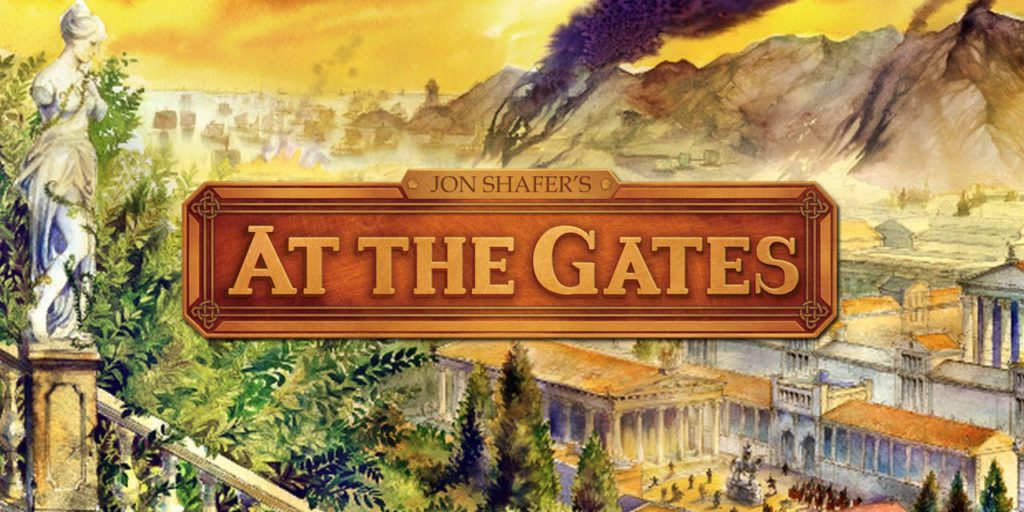
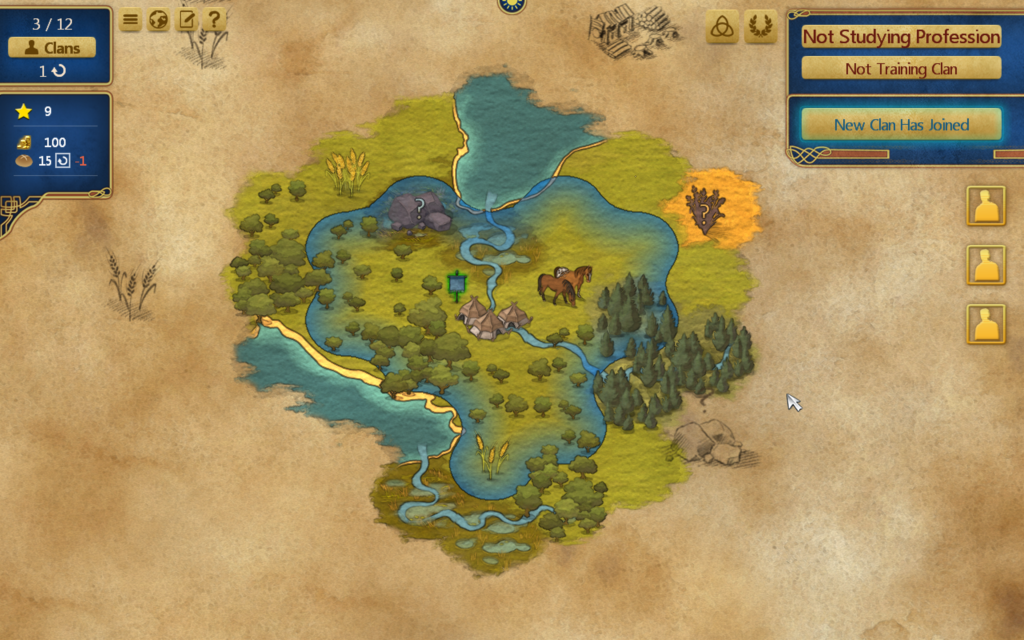
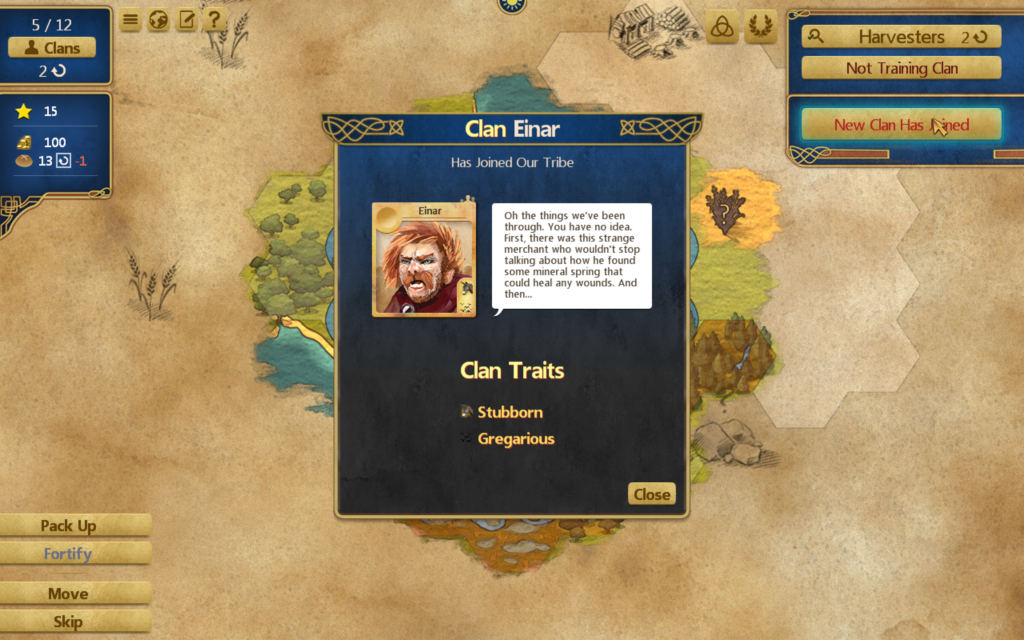
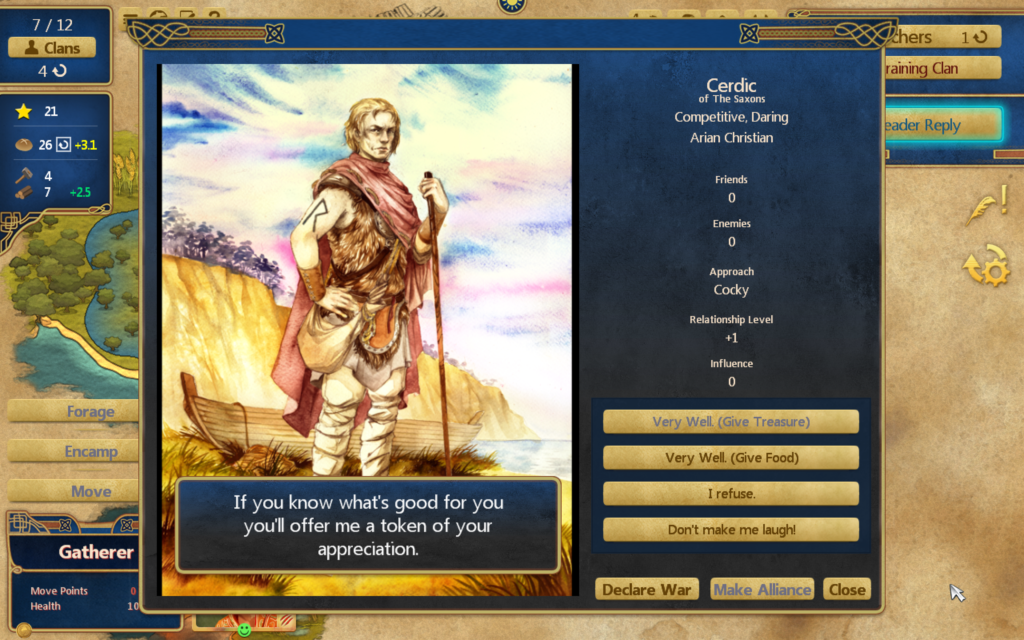
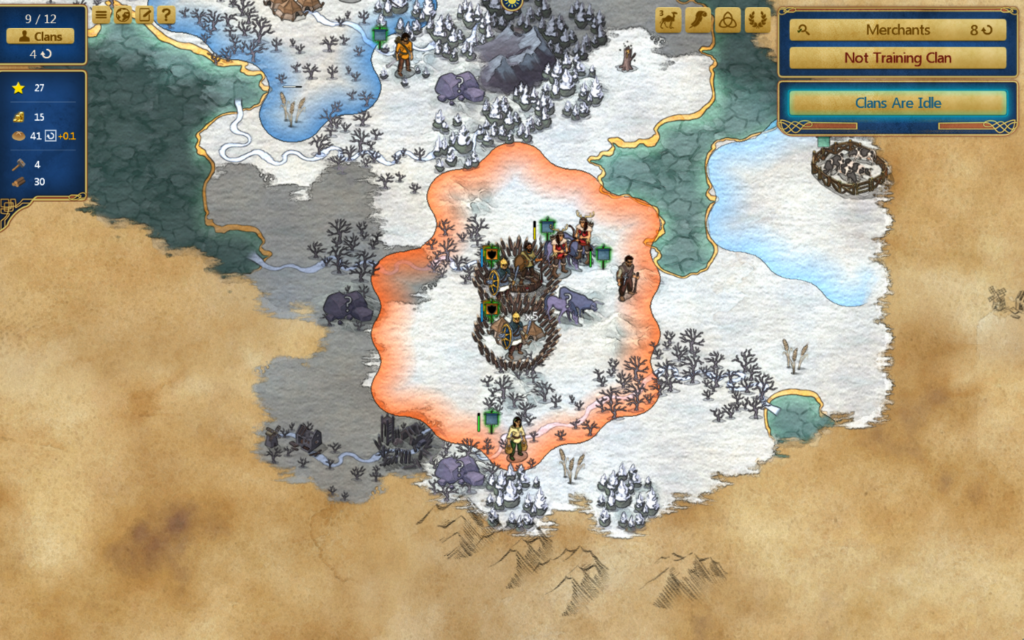

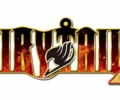

No Comments